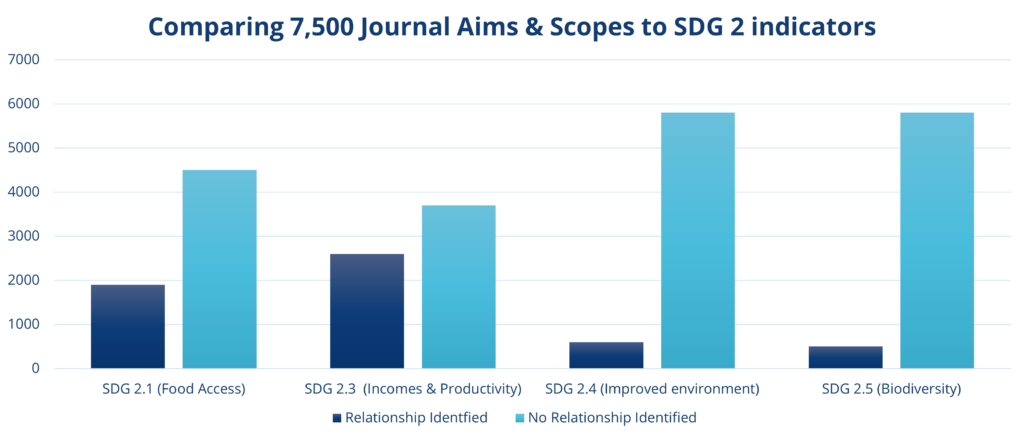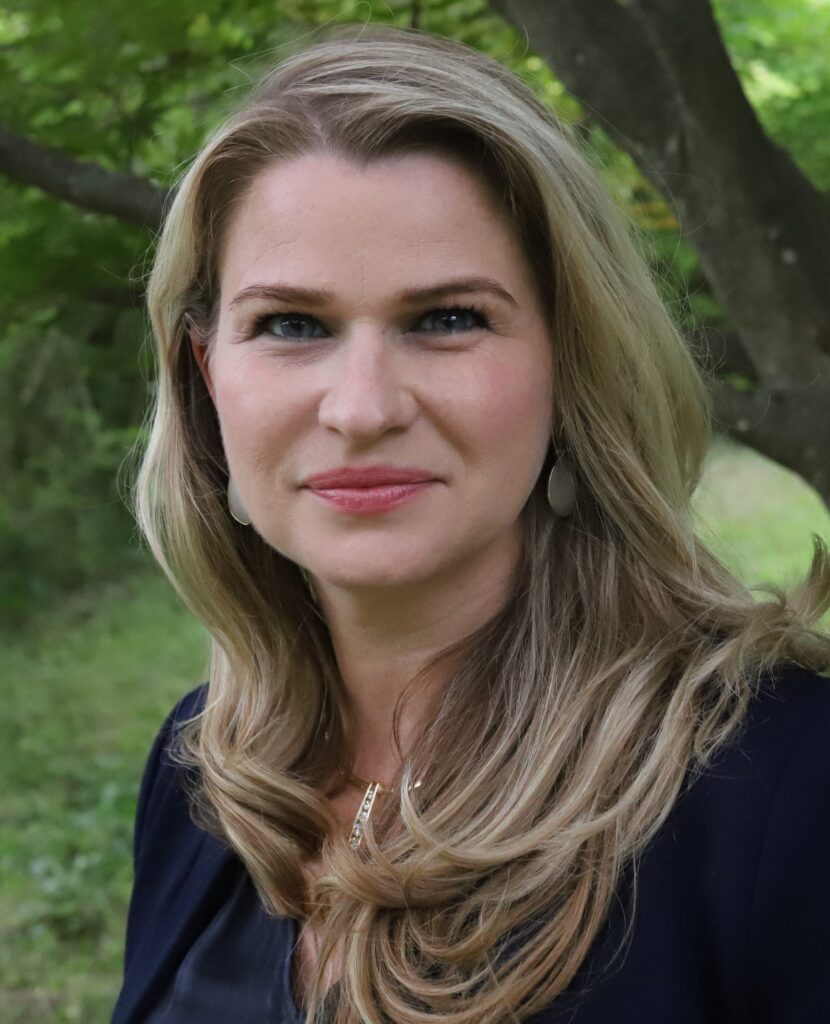New AI model can help achieve the SDGs through Research4Life content
Researchers and publishers may soon be able to find new fields of inquiry relevant to the SDGs thanks to an artificial intelligence (AI) model being developed for Research4Life.
The Sustainable Development Goals (SDGs) are a set of 17 targets designed to solve global issues and achieve universal development, set up in 2015 by the United Nations General Assembly.
The model identifies research gaps by matching the contents on the Research4Life platform with a corresponding Goal. Once the gaps are highlighted, scientists would be able to see important areas that are less researched, and publishers could start new journals.
Computational scientist Jaron Porciello is a co-founder of Havos.Ai, a US company that provides digital solutions using AI — which created the model. Along with colleagues Mary Ochs and Susanna Cardoso, Porciello, who is also former program manager of AGORA, the Research4Life collection dedicated to agriculture, is now leading the pilot as part of the Research4Life Collection Gap Analysis.
From January 2022, the team has collated thousands of journals matched to SDG2 Zero Hunger in a pilot analysis. Early results were presented at the Research4Life General Partners meeting in June 2022.
A call for interdisciplinary research
The smart system is built to spur interdisciplinary research, says Porciello, who believes that collaboration of researchers from diverse fields is the way to overcoming global challenges.
“To get to a place of Zero Hunger, we also don’t want to increase the burden of environmental sustainability. And we want to ensure that gender is included. So we’re looking at enormous global goals and also thinking about how not to harm any other group,” explains Porciello.
“I think one of the things that all the Sustainable Development Goals are designed to do is to think about: how do we address problems in a holistic way? A rising tide lifts all boats!» she adds.
The tried-and-tested system will, for instance, allow a researcher in agriculture to view in an instant who are other researchers working on shared SDG issues of interest, and encourage collaboration across disciplines.
How it works
First, the team examined the aim and description of publishers and journals available on Research4Life. The next step involves a more precise analysis that requires going through individual articles. This two-level comparison provides a better understanding of what the journal is indeed publishing, explains Porciello.
The model uses machine learning — a process of training a computer to execute tasks on its own — and maps the journals to a specific Goal and indicators. This is done by looking for specific keywords and phrases and generating content categories. Finally, the model displays the journals as well as matching SDG interventions and indicators.

At present, the model has been trained to identify content gaps and map the journals to SDG2, says Porciello. While Porciello describes the project as a “labor of love”, she hopes to roll it out to the entire Research4Life collection and all SDGs.
The team is looking to raise enough funds also to attract SDG-relevant content that is currently missing on Research4Life. “That would be commensurate on the right funds that would come to pass,” Porciello comments. “If I’m just left to my own devices, I don’t even want to tell you how many years it’ll take.”
Present gaps in food security
The model has already revealed gaps in the research around Zero Hunger in an analysis of more than 10,000 journals, as shown by the pilot results. For example, little research is available on biodiversity and improved environment, compared to other SDG2 indicators.
Porciello warns that the shortage of research on environmental sustainability can become an important issue in creating and implementing climate policies.
A beacon for the Global South researcher
According to Porciello, applied research on SDGs from lower-income countries is still lower than in other regions. She believes that the model can be “the next Guiding Light” by presenting various opportunities to the researchers.
“My best bet is that if we can find novel ways to incentivize publishers to publish different research, we’ve created a new market for voices from low-and middle-income country researchers who are already working on critical challenges, solving them.
While Research4Life focuses on universal access to information, it also strives to engage researchers from lower-income countries in the production of research. The new model will assist publishers to “establish a level playing field for all researchers”, says Porciello.
Porciello has previously led related projects such as Ceres2030: Sustainable Solutions to End Hunger which gathered scientists from over 20 countries to leverage AI and produced insightful research on SDG2.
Hence, she is convinced that through collaboration among researchers and with the help of disruptive technologies, the journey to attain global goals becomes faster, cheaper and brings better results.






